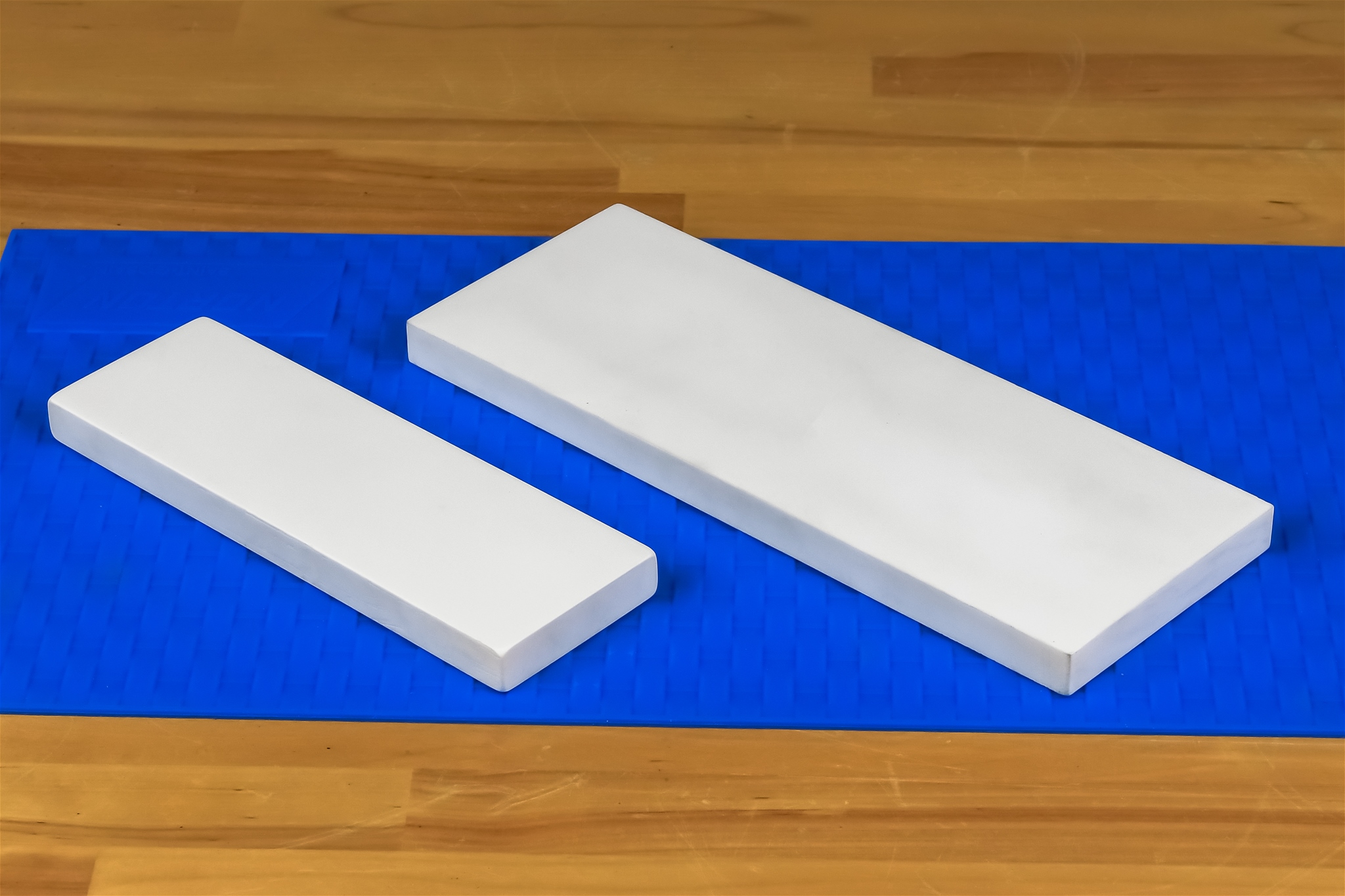This is apparently being touted as a replacement for the Hard Arkansas:

Anybody tried one...?

Norton Ascent Ceramic Stone - Fine
Fine grit Norton Ascent Ceramic Stones are now available. The Norton Ascent is a true ceramic stone and is machined flat. It is used dry and doesn’t require flattening, so the stone is always ready for use.
www.sharpeningsupplies.com
Anybody tried one...?

